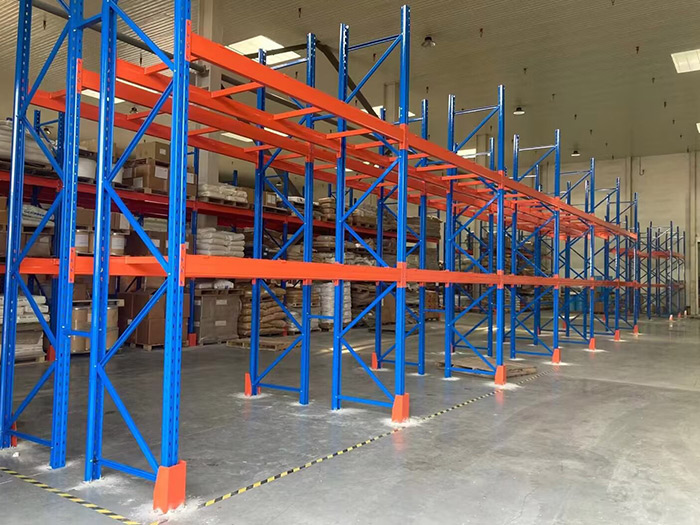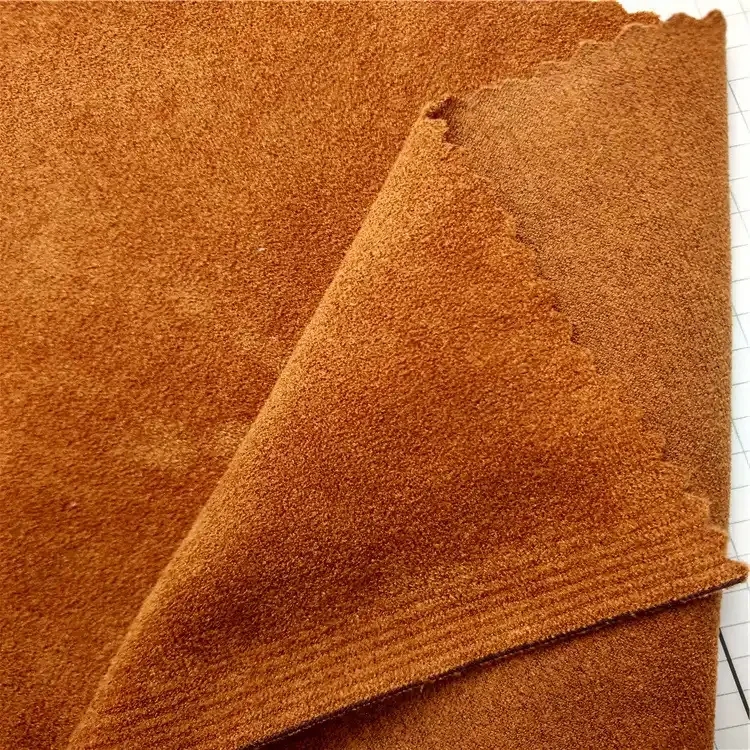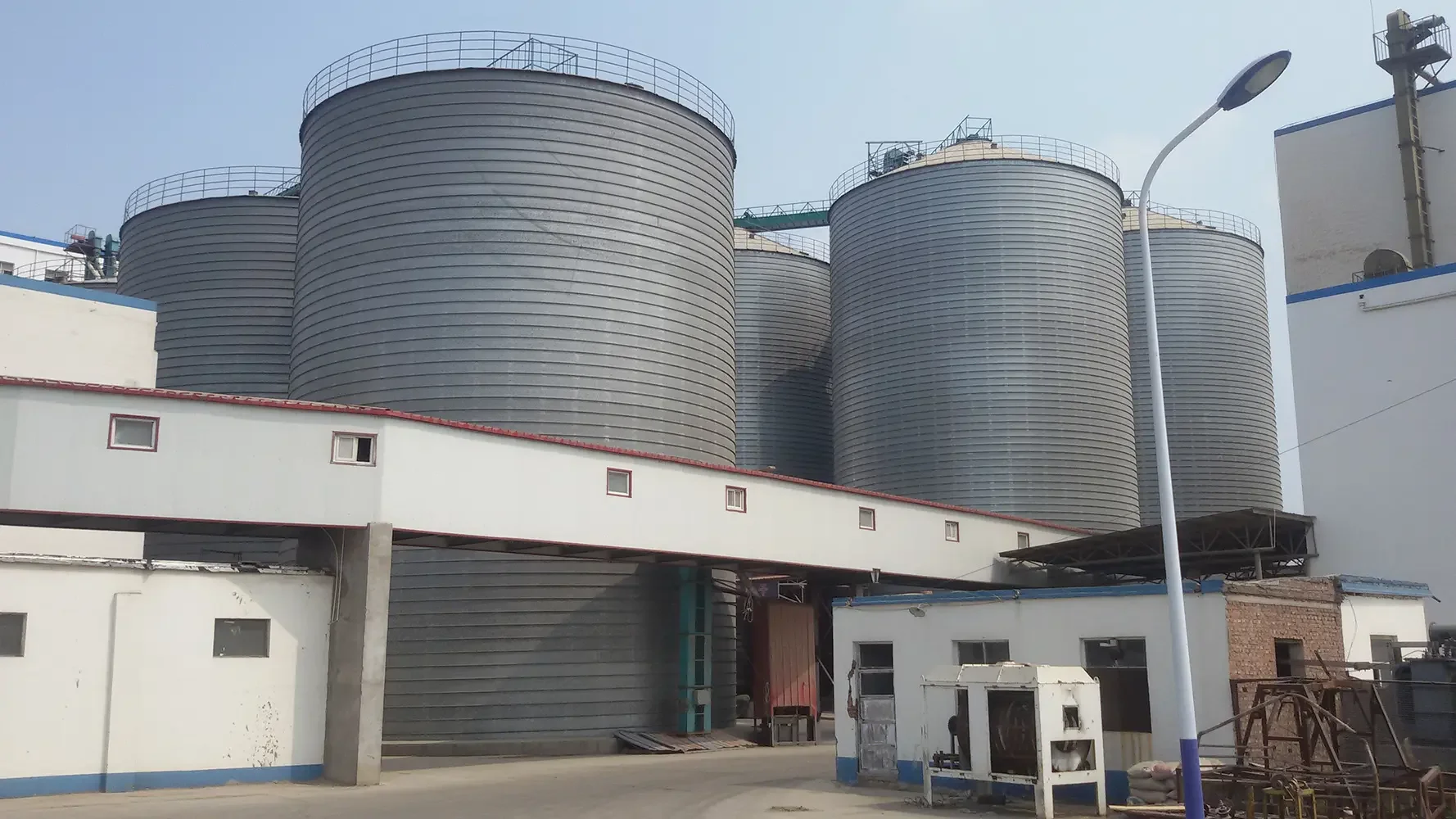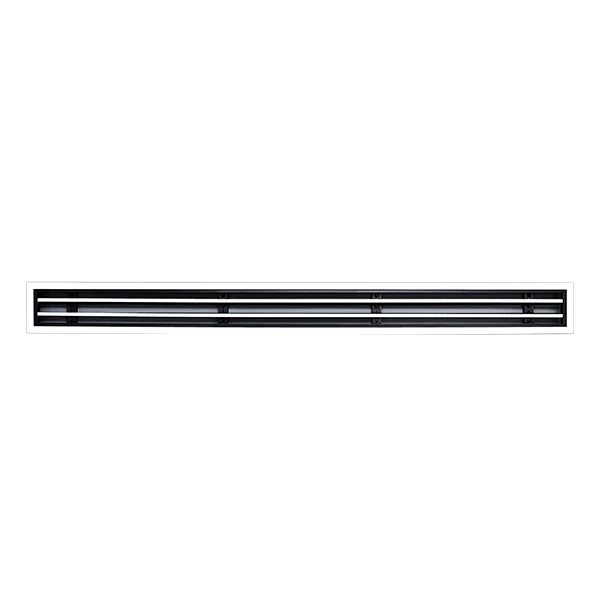In recent years, the fashion industry has faced increasing scrutiny over its environmental impact. As consumers become more conscious of their choices, the demand for sustainable fabrics has surged. But what exactly constitutes a sustainable fabric for clothing? This article delves into the intricacies of sustainable textiles, exploring their benefits, types, and the role they play in fostering a more eco-friendly fashion industry.
Understanding Sustainable Fabrics
Sustainable fabrics are materials that are produced with minimal environmental impact and are designed to be more eco-friendly throughout their lifecycle. This includes considerations of resource consumption, waste generation, and the social implications of production processes. Sustainable fabrics can be derived from natural fibers, recycled materials, or innovative bio-based textiles. The overarching goal is to reduce the carbon footprint associated with clothing production while promoting ethical labor practices.
Key Characteristics of Sustainable Fabrics
- Eco-Friendly Production: Sustainable fabrics are often produced using organic farming methods that avoid harmful pesticides and fertilizers. This not only protects the environment but also supports biodiversity.
- Resource Efficiency: The production of sustainable fabrics typically requires less water and energy compared to conventional textiles. For instance, organic cotton uses about 91% less water than its non-organic counterpart.
- Biodegradability: Many sustainable fabrics are designed to decompose naturally at the end of their lifecycle, reducing landfill waste. Natural fibers like cotton, linen, and hemp are biodegradable, unlike synthetic fibers such as polyester.
- Recyclability: Fabrics made from recycled materials, such as recycled polyester or nylon, help divert waste from landfills and reduce the need for virgin resources. This circular approach is vital for a sustainable future.
- Ethical Labor Practices: Sustainable fabrics are often produced under fair labor conditions, ensuring that workers are treated ethically and compensated fairly. This aspect is crucial for a holistic approach to sustainability.
Types of Sustainable Fabrics
- Organic Cotton: Grown without synthetic pesticides or fertilizers, organic cotton is a popular choice for sustainable clothing. It supports healthier ecosystems and is often softer than conventional cotton.
- Hemp: Known for its durability and low environmental impact, hemp requires minimal water and no pesticides. It grows quickly and enriches the soil, making it a sustainable option for textiles.
- Tencel (Lyocell): Made from sustainably sourced wood pulp, Tencel is produced in a closed-loop process that recycles water and solvents. It is biodegradable and has a silky feel, making it a favorite for eco-conscious fashion brands.
- Recycled Polyester: Derived from post-consumer plastic bottles, recycled polyester reduces plastic waste and energy consumption. It retains the durability of traditional polyester while minimizing environmental impact.
- Bamboo: Bamboo is a fast-growing plant that requires little water and no pesticides. However, the process of turning bamboo into fabric can be chemically intensive, so it’s essential to choose brands that use eco-friendly methods.
The Role of Innovation in Sustainable Fabrics
The future of sustainable fabrics is being shaped by innovation. Researchers and designers are exploring new materials that combine sustainability with performance. For instance, bio-fabricated textiles made from mycelium (the root structure of mushrooms) and algae are emerging as promising alternatives. These materials not only reduce reliance on traditional resources but also offer unique properties such as breathability and moisture-wicking.
The Consumer's Role in Promoting Sustainability
As consumers, we hold significant power in driving the demand for sustainable fabrics. By making informed choices, such as opting for brands that prioritize eco-friendly practices and supporting second-hand shopping, we can contribute to a more sustainable fashion ecosystem. Additionally, educating ourselves about the materials we wear and their environmental impact can lead to more conscious purchasing decisions.
Conclusion
Sustainable fabrics represent a vital shift in the fashion industry towards more responsible practices. By understanding the characteristics and types of sustainable textiles, consumers can make informed choices that align with their values. As innovation continues to pave the way for new materials, the potential for a greener future in fashion is within reach. Embracing sustainable fabrics not only benefits the planet but also fosters a more ethical and responsible industry that prioritizes the well-being of both people and the environment.




